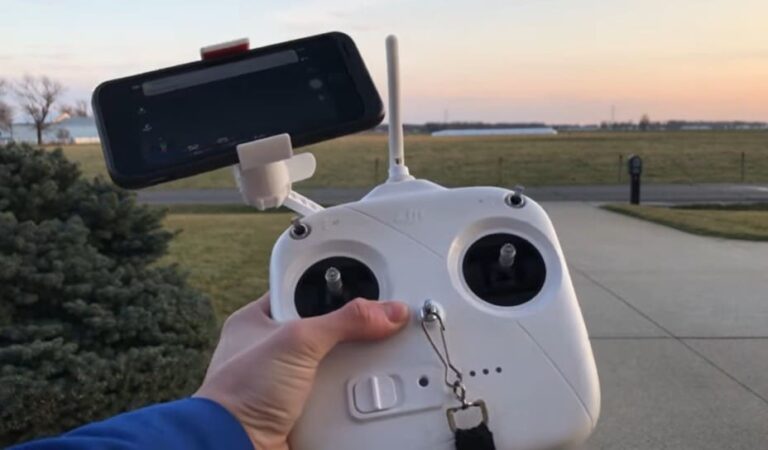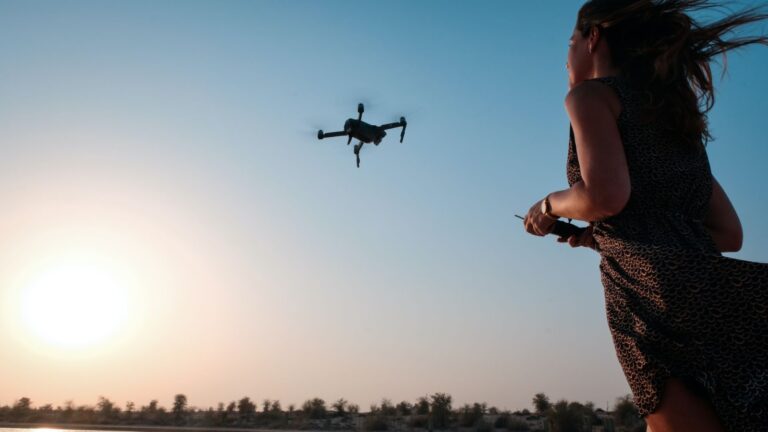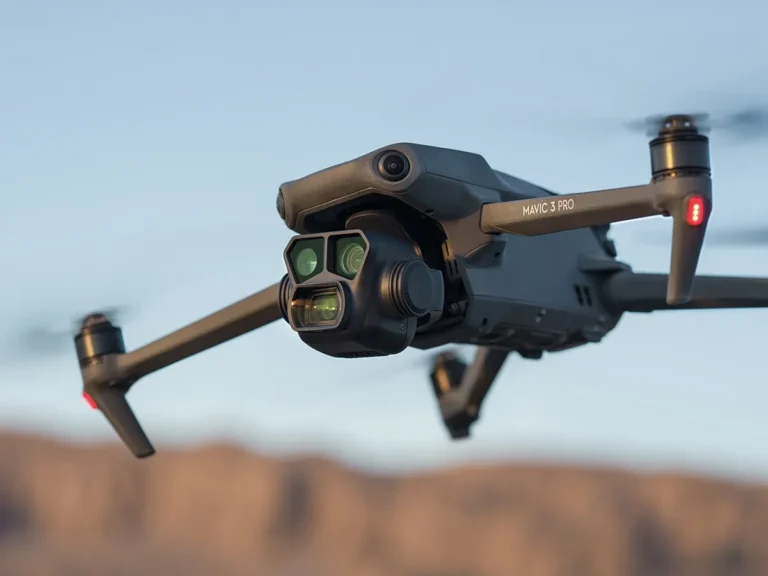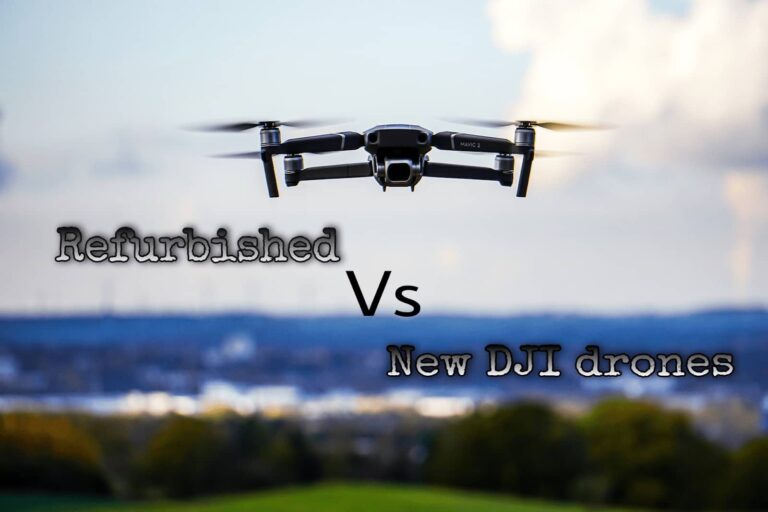DJI FCC vs CE: Understanding the Differences
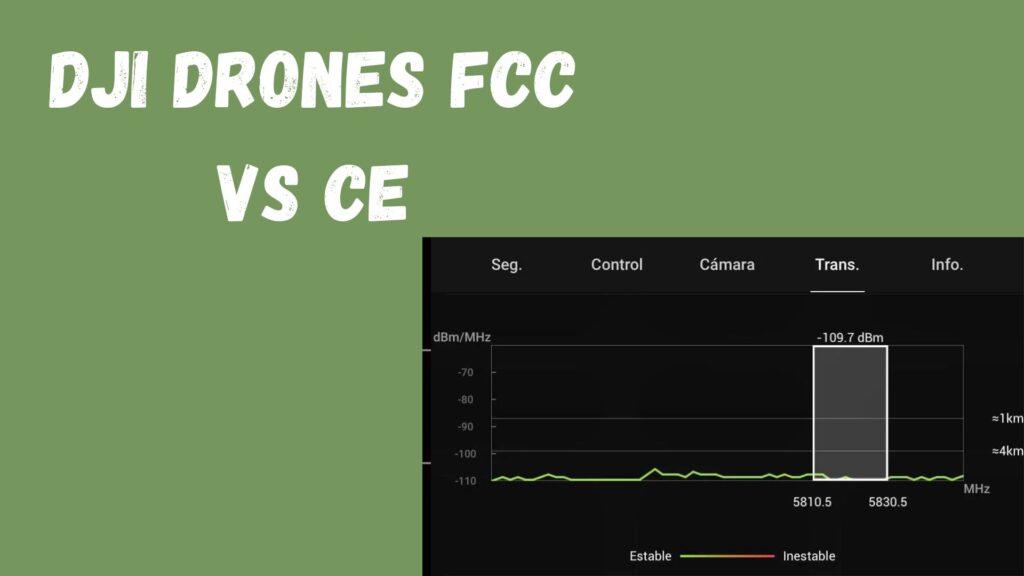
DJI is one of the leading drone manufacturers in the world, and its drones are known for their advanced features and high quality.
However, to ensure that its drones are safe and meet regulatory requirements, DJI must comply with two important certifications: the DJI FCC and CE certifications. These certifications are designed to reduce harmful interference to other devices and systems, and to ensure that drones meet specific health, safety, and environmental protection requirements.
In this article, we will examine what the DJI FCC and CE certifications are, why they are important, and how they differ.
DJI FCC and CE certifications
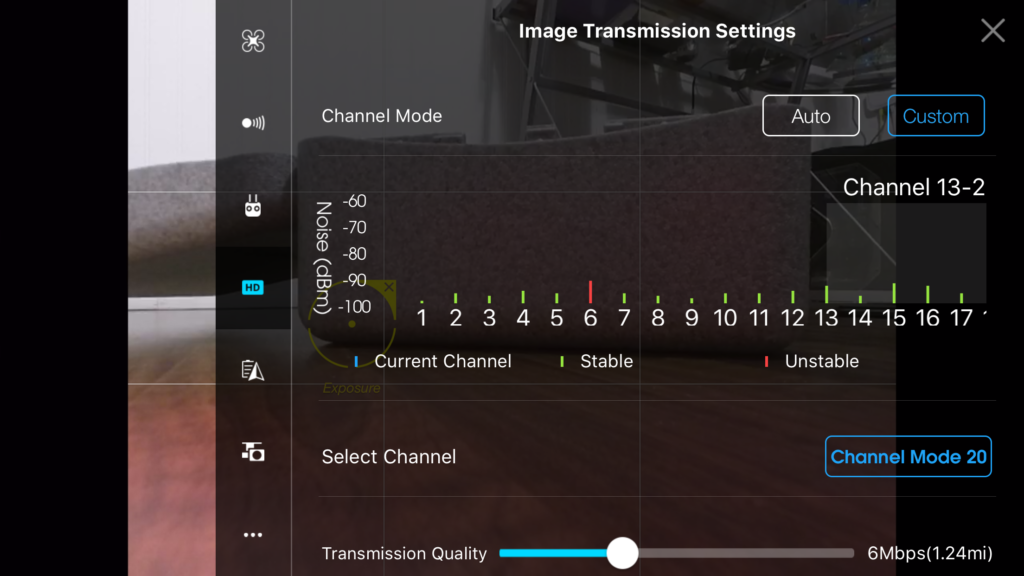
The Federal Communications Commission (FCC) is a US government agency that is responsible for regulating communication by wire, radio, television, and satellite.
The FCC requires that all electronic devices, including drones, comply with specific technical standards to reduce harmful interference to other devices and systems. DJI’s FCC certification ensures that its drones comply with these technical standards and are safe for use in the US.
The CE (Conformité Européenne) certification is a European Union (EU) mark that indicates that a product complies with EU health, safety, and environmental protection requirements.
The CE mark is mandatory for all products that are sold in the EU, and it demonstrates that the product meets the requirements of the relevant EU directives. DJI’s CE certification ensures that its drones are safe for use in the EU, and it allows the company to sell its drones in countries throughout Europe.
While both certifications are important for drone manufacturers, there are some key differences between the DJI FCC and CE certifications. The FCC certification is only required for drones that are sold in the US, while the CE certification is required for drones that are sold in the EU. This means that drones that are sold in the US only need to meet FCC requirements, while drones that are sold in the EU need to meet both FCC and CE requirements.
The testing procedures for the FCC and CE certifications are also different. The FCC certification requires extensive testing to ensure that drones comply with specific technical standards, while the CE certification requires less extensive testing to ensure that drones meet health, safety, and environmental protection requirements. The approval process for the two certifications is also different, with the FCC certification requiring a lengthy and complex approval process, while the CE certification is relatively straightforward.
In addition to the differences between the two certifications, there are also some similarities. Both certifications are important for drone manufacturers, as they ensure that drones are safe and meet regulatory requirements. Both certifications also allow drone manufacturers to sell their products in large markets, with the FCC certification giving DJI access to the US market, and the CE certification giving the company access to the EU market.
To comply with both certifications, DJI must ensure that its drones are designed and manufactured to meet specific technical standards, health, safety, and environmental protection requirements. This involves extensive testing and a thorough approval process, but it ensures that DJI’s drones are safe and meet the requirements of users in the US and EU.
How do I know if my DJI is FCC or CE
There are several ways to determine if your DJI drone is operating in FCC or CE mode.
- Check the product manual: The product manual that came with your DJI drone should indicate which mode it is set to operate in. Look for information on the compliance certification, such as FCC or CE.
- Check the DJI Assistant software: The DJI Assistant software is a tool that allows you to configure and update your DJI drone. You can use the software to determine if your drone is operating in FCC or CE mode. To do this, connect your drone to your computer and open the DJI Assistant software. Look for a section labeled “Remote Controller” or “Firmware,” and you should see information on the current mode.
- Check the DJI Fly app: The DJI Fly app is used to control and monitor your DJI drone. To check the mode, open the DJI Fly app on your mobile device and connect to your drone. Look for a section labeled “Settings” or “About,” and you should see information on the current mode.
- Check the physical drone: If all else fails, you can check the physical drone for markings or labels that indicate which mode it is set to operate in. Look for labels or markings that mention FCC or CE, or check the bottom of the drone for a label that lists its certifications.
It’s important to note that not all DJI drones have the ability to switch between FCC and CE modes. Some drones are only certified for one mode, so you may not have the option to switch. In this case, you should check the product manual or contact DJI support for more information.
Conclusion
Understandably, the distinction between the two certifications can be confusing for drone pilots. The FCC and CE certifications serve different purposes and have different requirements, which can impact a drone’s performance and capabilities. In this article, we’ll explore what each of these certifications means and how they differ.
The Federal Communications Commission (FCC) is a US government agency that regulates communications by wire, radio, television, satellite, and cable in all 50 states, the District of Columbia, and U.S. territories. The FCC is responsible for ensuring that all electronic devices sold in the United States meet certain standards for radio frequency (RF) emission levels and safety.
The CE (Conformité Européene) mark, on the other hand, is a certification mark used in the European Economic Area (EEA) to indicate that a product complies with the relevant health, safety, and environmental protection requirements. The CE mark is a legal requirement for products sold within the EEA and is not limited to drones specifically.
When it comes to drones, the FCC and CE certifications are important because they impact the performance and capabilities of the drone. The FCC certification ensures that the drone does not interfere with other electronic devices and that it operates at a safe level of RF emission. In contrast, the CE certification focuses on safety, environmental protection, and user health.
One key difference between the two certifications is the level of RF emission. Drones certified by the FCC are typically required to emit lower levels of RF compared to CE certified drones. This means that FCC certified drones are typically more limited in terms of range and signal strength compared to CE certified drones.
Another difference is the geographical coverage of the certifications. The FCC certification is only valid in the United States, while the CE certification is valid throughout the entire EEA. This means that a drone certified by the FCC can only be legally operated in the United States, while a CE certified drone can be legally operated in any country within the EEA.
Finally, the testing and certification process for the two certifications are different. The FCC certification process typically involves extensive testing and analysis to ensure that the drone meets the required standards for RF emission and safety. In contrast, the CE certification process is more focused on the overall safety and environmental impact of the drone, rather than its RF emission levels.
In conclusion, the FCC and CE certifications serve different purposes and have different requirements for drones. The FCC certification focuses on ensuring that drones do not interfere with other electronic devices and operate at a safe level of RF emission, while the CE certification focuses on safety, environmental protection, and user health. Drone pilots should be aware of these differences and choose the appropriate certification based on their needs and the regulations in their area.


